Results
-
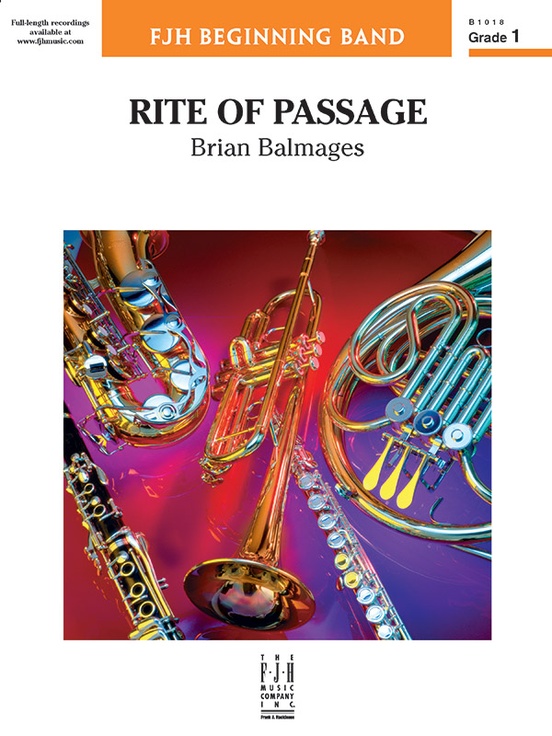 £41.50
£41.50Rite of Passage - Brian Balmages
A beginning band piece limited to a 6-note range, will have your band playing together in very little time. Utilizing smaller chamber sections as well as the full band, this is an excellent teaching piece. With no clarinets over the break and no trumpets higher than a written A, this is a very easy Grade 1 concert march. (2:00)
Estimated dispatch 3-5 working days
-
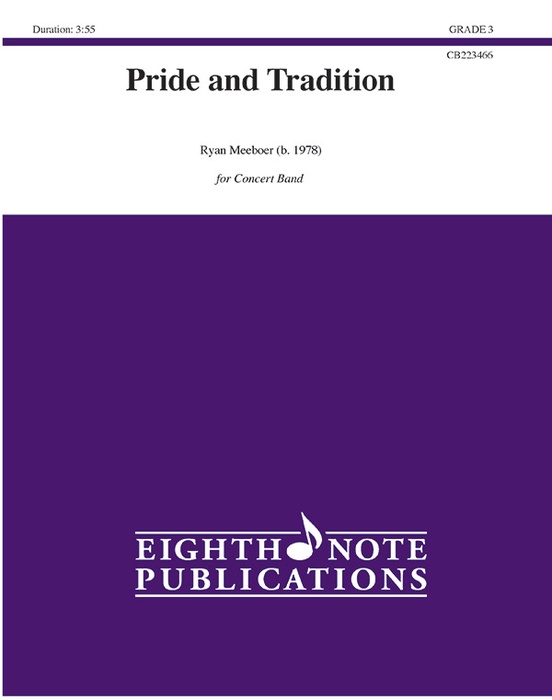 £73.50
£73.50Pride and Tradition - Ryan Meeboer
The Burlington Teen Tour Band, described as Canada's Musical Ambassadors, is a marching band which has performed all over the world. Recently the band celebrated its 75th anniversary and this piece was composed to celebrate the benchmark achievement. Set in three contrasting sections, this makes an ideal concert or contest selection. In the lyrical middle section there is a lush brass section moment and solos in flute and alto saxophone. Driving rhythms and memorable melodies gives all players exciting parts throughout. Check out by Ryan Meeboer!
Estimated dispatch 3-5 working days
-
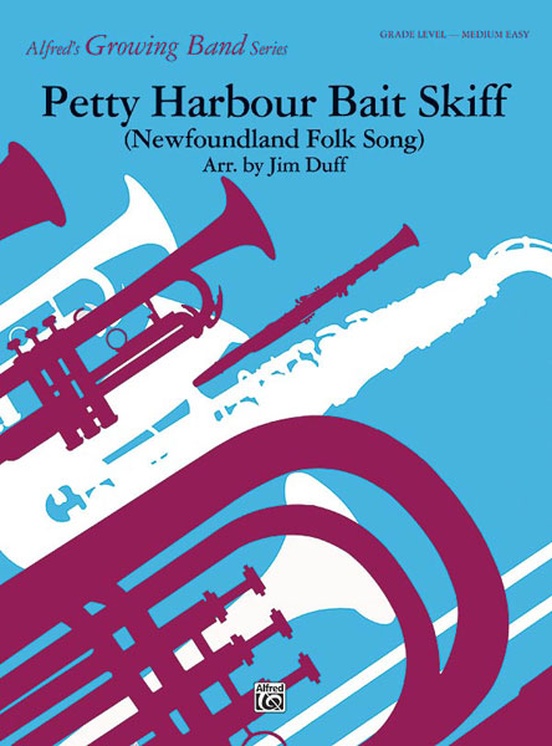 £58.50
£58.50Petty Harbour Bait Skiff
"Petty Harbour Bait Skiff" is a popular Newfoundland folk song written in recognition of the province's primary resource-fishing. This beautiful arrangement opens with a baritone solo playing the theme which is later picked up by the whole band. The melodic lines and sweeping countermelodies rise and fall over the lush harmonies depicting the beauty of the region.
Estimated dispatch 3-5 working days
-
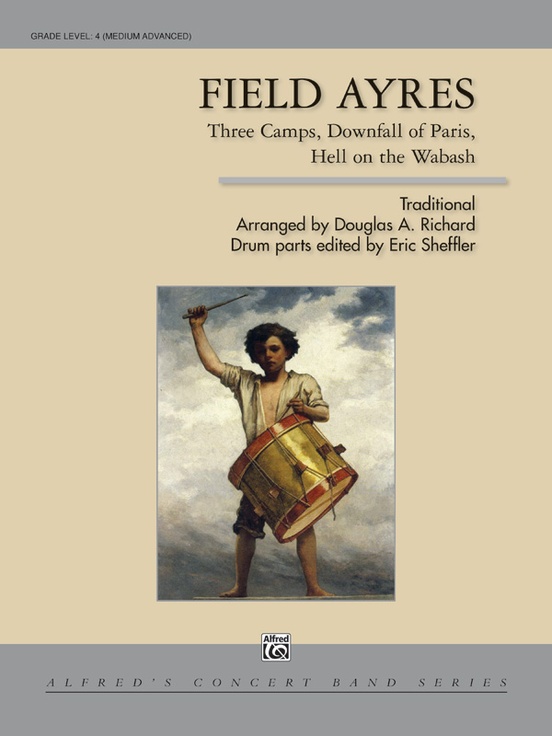 £79.50
£79.50Field Ayres
Finally a chance for your drummers to shine! This arrangement celebrates the rich heritage of rudimental drumming through the performance of three traditional drum solos that were written over the course of America's growth as a nation. While the music was originally written for drums and fifes, this setting allows for a solo or section of drummers to demonstrate their skills. (3:30) This title is available in MakeMusic Cloud.
Estimated dispatch 3-5 working days
-
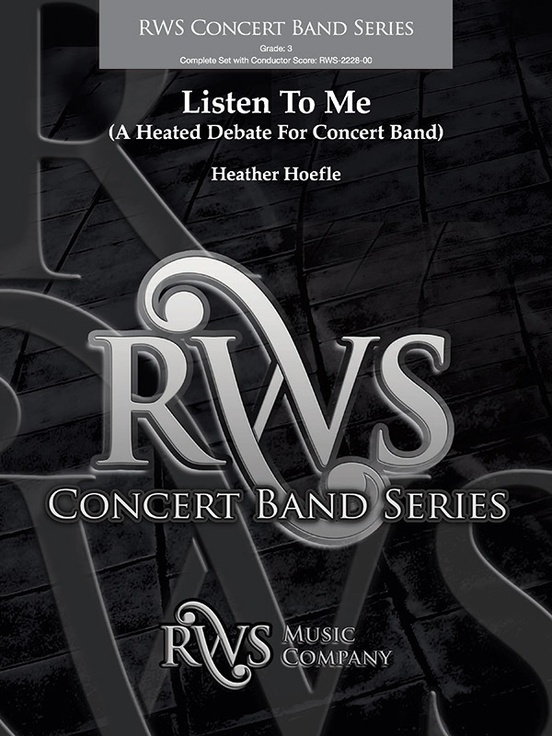 £82.95
£82.95Listen to Me - Heather Hoefle
Looking to try something new at your next festival or concert? "Listen to Me" is a band piece that was inspired by electronic music. The percussion parts feature a simple ostinato with a hemiola that results in a polyrhythmic feel. Solos/solis speak out over the crowd to share their views. Your students can bring their own energy and passion to make this piece a statement!Original Item#: RWS-2228-00
Estimated dispatch 3-5 working days
-
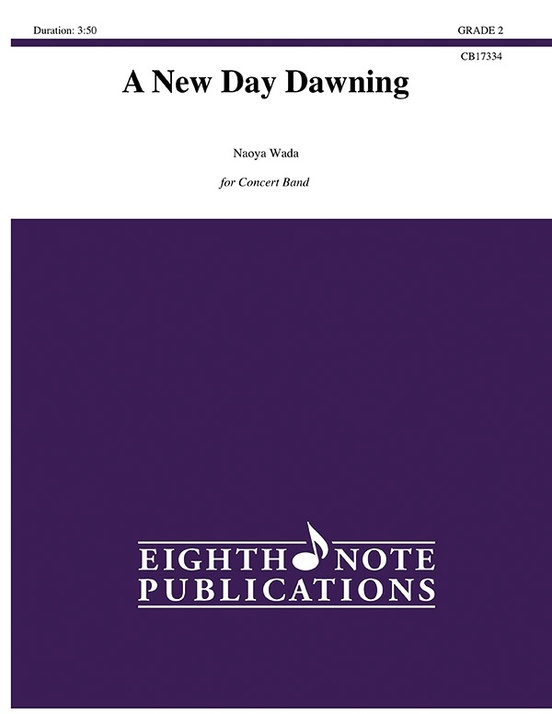 £58.50
£58.50A New Day Dawning - Naoya Wada
"A New Day Dawning" is an original concert overture designed to assist younger players in the development of expressive playing. In addition, the bass line is based on diatonic and chromatic scales. The work opens boldly, giving way to a melody in the trumpet which describes the light of dawn. A flowing middle section describes the morning mist breaking up over the peaks of mountains.
Estimated dispatch 3-5 working days
-
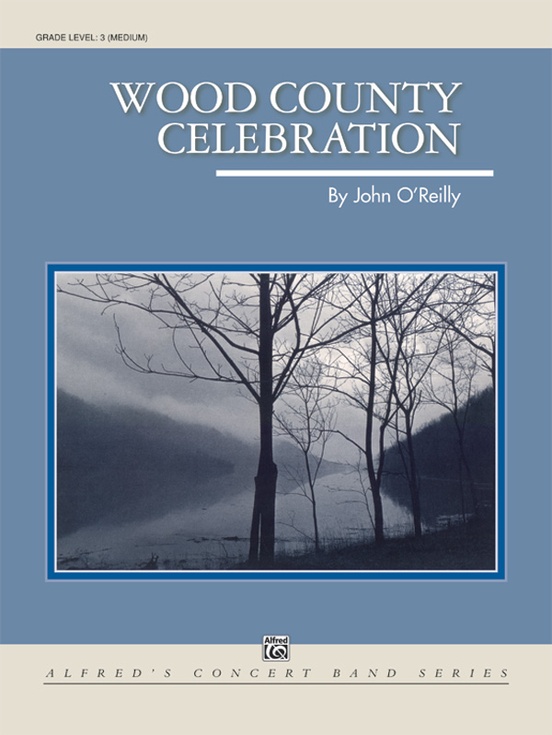 £66.95
£66.95Wood County Celebration - John O'Reilly
John has written another concert piece that has been be the favorite of junior high bands all over the country. The composition is filled with the syncopated rhythms and exciting percussion that have become the O'Reilly trademark. (Grade 3)
Estimated dispatch 3-5 working days
-
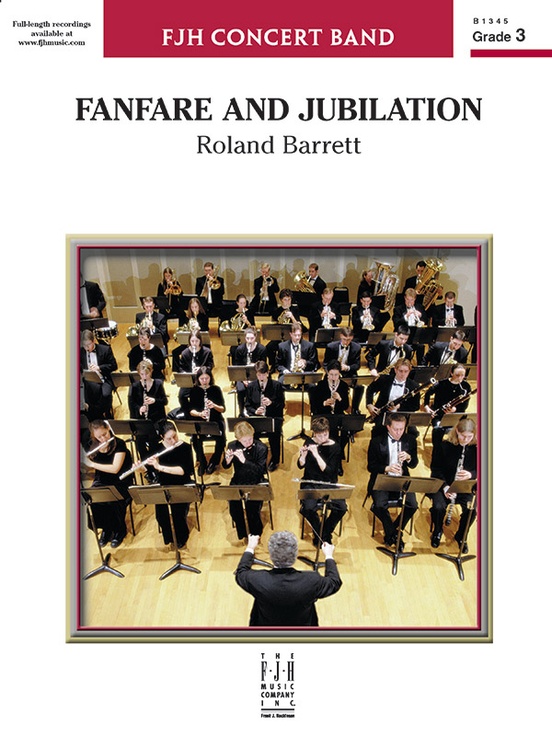 £62.95
£62.95Fanfare and Jubilation - Roland Barrett
A bold, brassy fanfare opens this short energetic work that is perfect as an opener or encore piece. With no tempo changes, the piece constantly builds in both dynamic and energy. As percussion takes over, the fanfare builds one final time as it is layered with the theme of jubilation in a spectacular and dramatic ending!
Estimated dispatch 3-5 working days
-
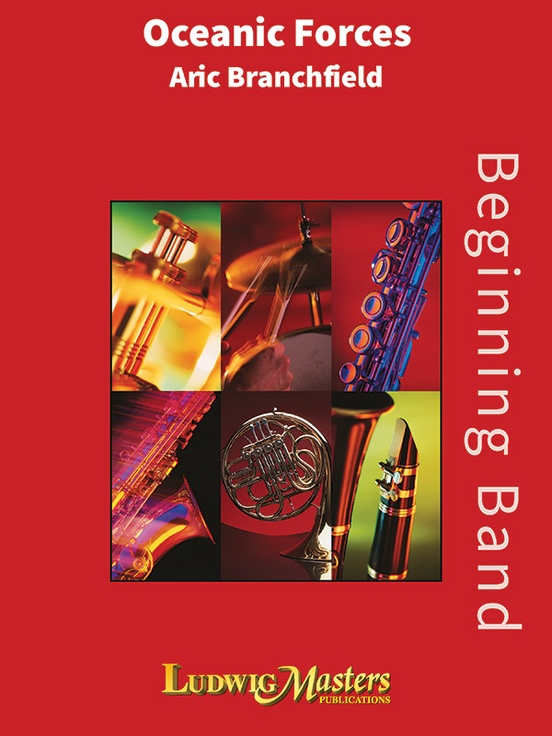 £45.95
£45.95Oceanic Forces - Aric Branchfield
The forces of nature that come into play over the oceans of the earth are both awe-inspiring and fear-inducing. Yet, they remain oddly benevolent. Thus it is with this forceful work: it sounds difficult, but isn't. It is totally diatonic (three flats concert key) with conservative ranges and nothing out of reach for a first-year player.
Estimated dispatch 3-5 working days
-
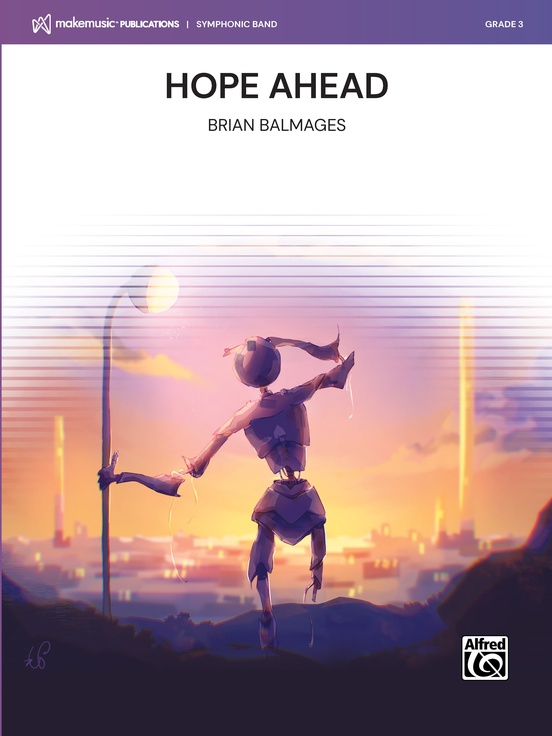 £73.50
£73.50Hope Ahead - Brian Balmages
Based on a student's artwork of a broken robot overlooking a magnificent city, uses vibrant colors to contrast elements of despair and hope. Brian Balmages uses unique effects and bold melodic lines to tell a powerful story of finding peace in a broken world. Based on the artist's thoughts as well as essays from students all over the country, this piece is sure to inspire your ensemble and audience. (5:15)
Estimated dispatch 3-5 working days
